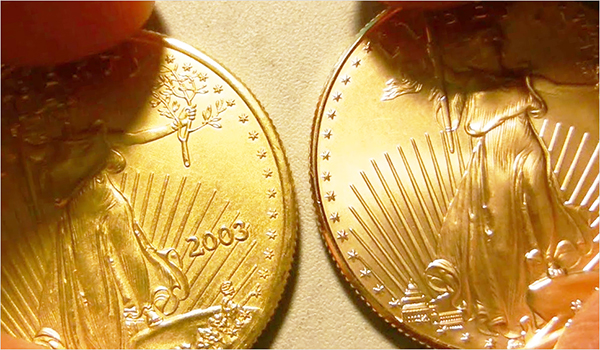
Easy guide in how to detect counterfeit gold coins. Learn about detecting forged gold coins in this coin collecting article guide.
There are also forged gold coins that look inevitably fake because they are poorly made imitations.
There are fake gold coins that can pass for genuine ones. You may not even spot the deception at first glance and without the aid of a magnifying glass. Nonetheless, gold coin collectors should be forewarned that there are many counterfeit gold bullion circulated in the market today.
No doubt, collecting gold coins is what most numismatists dream of. The beauty and not to mention the value of gold coins could make a generous profit.
Once upon a time, vintage gold bullion were made from pure gold which is a highly malleable metal. Remember in old movies when cowboys used to bite the coin to tell if it’s genuine gold?
However, fake coin makers have evolved through time. Modern gold coins are alloys made with other another metals to make them more durable. Hence, biting the gold bullion makes unsightly marks the coin’s surface and worse, it could damage your teeth!
Now you know that not all that glitters is gold, how can you tell if it’s a fake or a counterfeit gold coin?
The first sign of a fake coin is the quality of the metal. Fake gold coins can look dull or sometimes, they appear too shiny. The color is definitely noticeable because a fake gold coin has another metal for a base. The fake gold coin may also look casted and not pressed, thus they have a grainy texture.
If you see a suspicious looking Double Eagle coin that looks mottled or flecked on the surface, it’s probably counterfeit gold bullion with a copper base metal. There are also plenty of forged medieval gold coins like the Tudor Angels and Half Angels.
The counterfeit coin has a lesser weight and lacks the content markings of the real bullion coins (example, .999 gold). Because a fake gold coin weighs lighter, it does not give a distinctive “ring” or clink when you strike it against another gold coin, or when you drop it on a hard surface.
Forged gold coins usually have two sides. Both halves are then brazed or soldered together. Some badly-made counterfeit coins are just glued together that a visible seam can be seen on the coin’s rim.
Researching about gold coins will definitely reap its rewards. Some forged gold coins have non-existent dates and mint-marks. One good example are gold sovereigns dated 1918 to 1925 when in fact, the London Mint did not produce any sovereign coins at this period.
Ideally, gold coins, being made from noble metals will resist oxidation and will not corrode when dipped in inorganic acids. Fake gold coins dissolve on nitric or sulphur acid. However, using the acid test on a genuine gold coin will surely devalue it.
Coin dealers and numismatic experts can tell you if what you have are fake or counterfeit coins. Likewise, only buy gold coins from numismatic experts.





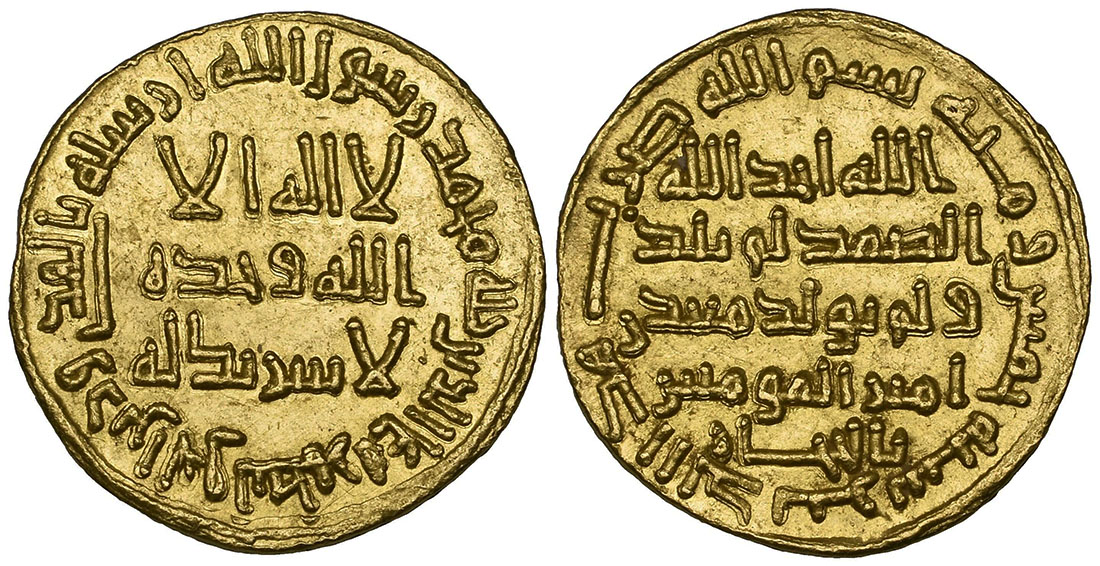
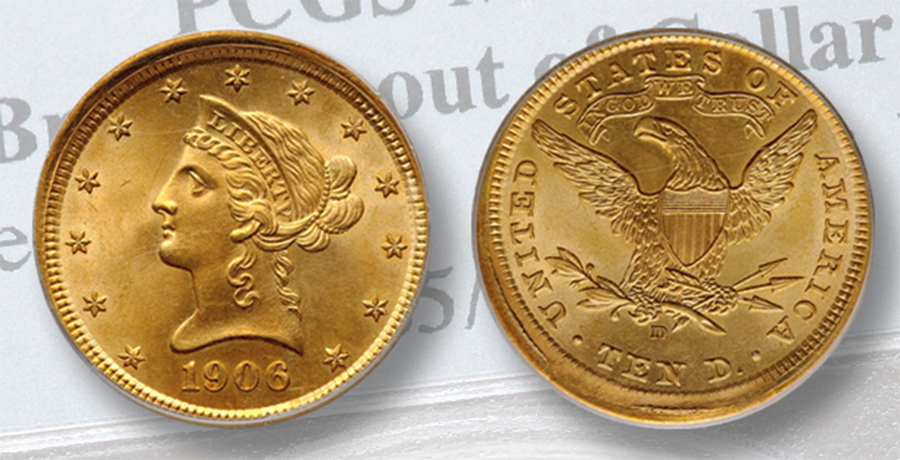
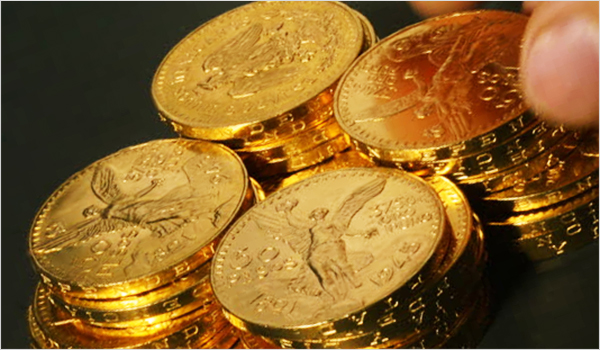
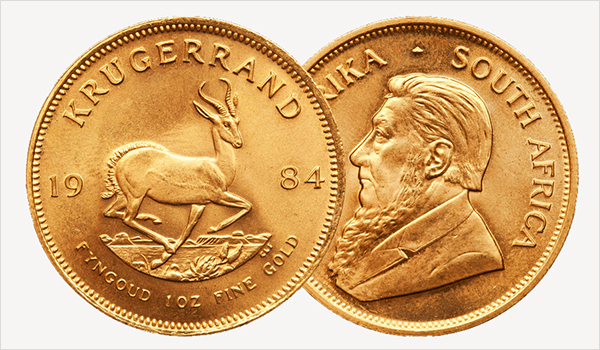

Leave a Reply